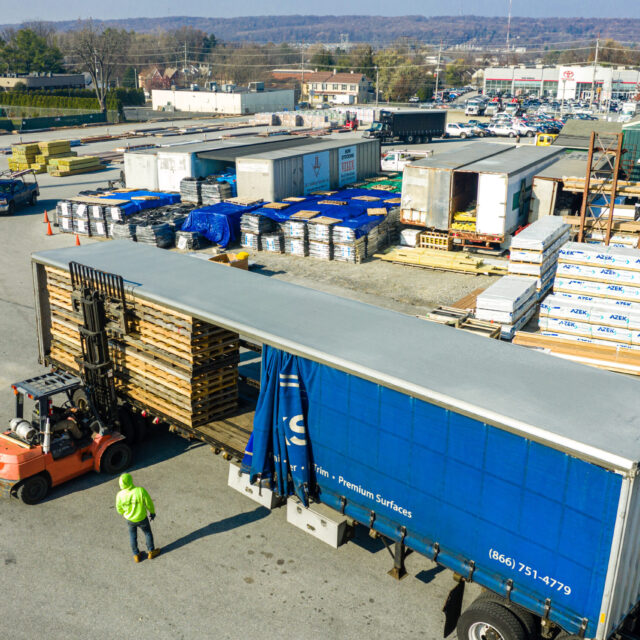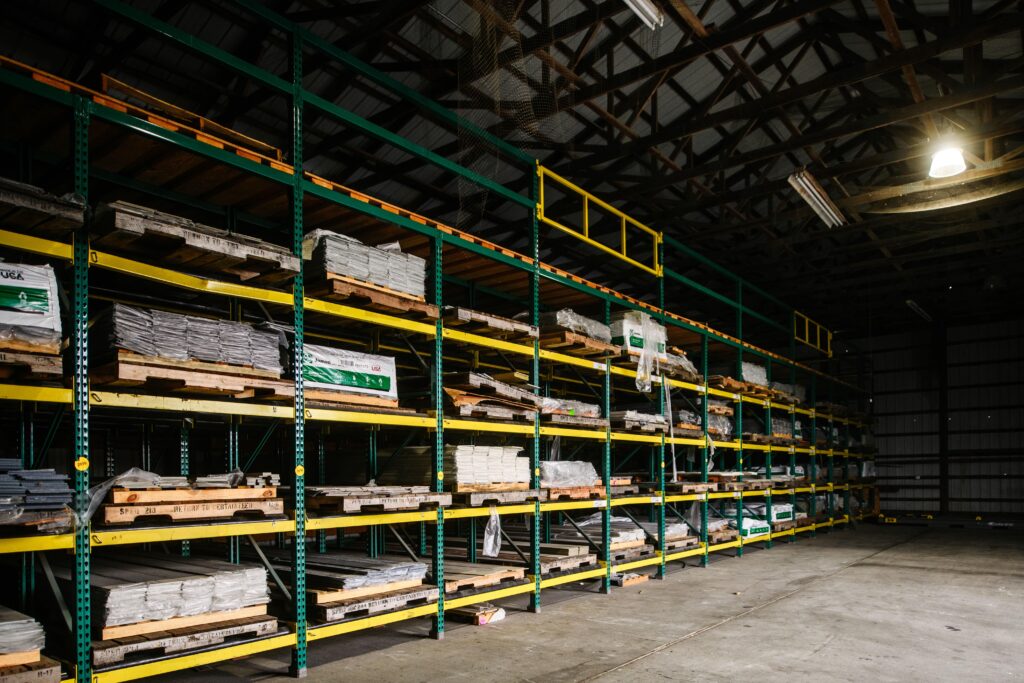Analyzing a Tariff’s Impact on Building Materials

- Written by: jlbmdev

Hearing the word tariff being mentioned in the news can sound scary if you’re just starting a construction project. But how do tariffs affect construction projects?
Let’s explore a tariff’s impact on building materials and some tips for dealing with rising material costs.
A tariff is a tax that’s imposed by a government on goods and services that are imported from other countries. It’s typically a percentage of the product’s value, but could also be a flat fee per unit.
Since this directly affects the price of imported goods, it can lead to higher consumer costs. In 2024, the National Association of Home Builders estimated that the construction of new multifamily and single-family homes in the U.S. used $204 billion in goods/products. Out of that total, approximately 7%, or $14 billion, represented goods imported from outside the United States.
Tariffs can alter trade dynamics and international relationships since tariffs are used to protect domestic industries, generate revenue, or influence trade negotiations.
For example, a 10% tariff on wood would mean a $10 piece would have an additional $1 tax added to it, making the total cost $11. Retailers have several options on how to respond; they can:
Absorb the extra cost and lower their profit margin
Ask the importing country to pay some of the costs
Raise the price of the item
A combination of the above
Now that we know what a tariff is, we can move to the next important question: what building materials are affected by tariffs?
The most common materials affected by tariffs are:
Since most homes use these materials in one form or another, any tariffs on building materials can cause issues in your construction project.
In addition to your building materials themselves being affected, tariffs can impact your projects in other significant ways.
The implementation of tariffs on essential construction materials, such as steel and aluminum, directly translates to higher prices for these goods. And these initial cost increases do not remain isolated. They’re subsequently passed down the construction supply chain network.
Disruptions in shipping and extended waiting times for material deliveries represent another significant challenge. When essential products are not readily available for shipping, construction projects face potential delays from the start.
Also, if these goods aren’t in stock either in stores or through building suppliers, dealing with construction material shortages can become more time-consuming. Contractors and project managers may need to spend additional time sourcing materials, searching for alternative suppliers, or waiting for back-ordered items, inevitably extending overall project timelines.
When you can’t get the products you need, it can lead to delays in project timelines and push back completion dates.
These delays often incur additional costs, including increased labor expenses as crews remain on site for longer. Also, expedited shipping may be needed to help get materials to the job site quicker and catch up on schedules, further contributing to an increase in the overall project budget.

Even though tariffs can cause problems for your project, that doesn’t mean that you can’t start one. With some strategic thinking and planning, you can help minimize the impact of tariffs.
Developing and maintaining a strong relationship with your building supplier can help you navigate the complexities of tariffs and managing building material cost increases. It can give you the inside scoop on what might happen with prices down the road.
Your supplier also might be able to help you by letting you lock in a material price for a set time limit. This way, you’re protected if the prices dramatically increase.
Also, another strategy is once you’ve negotiated that price, consider buying your materials in bulk. If you have the storage space and know you’ll use the material, this can be a way to get your products at lower prices. Some suggestions of items to buy in bulk are roofing shingles, lumber, and vinyl siding.
Nobody likes surprise price increases. But if you’re smart about your upfront planning and how you put together your estimates, you can help avoid this issue by including these increases in your budgets. For example, if you know that the price of wood is going to increase, then you can factor that into proposals from the beginning.
Another tip is to include an escalator clause in your contracts. It’s a contract provision that allows for an automatic increase in prices if the market changes during the contract. This way, everyone’s on the same page if material costs do happen to unexpectedly increase during the project.
It’s all about being prepared and having good communication.
Tariffs are constantly evolving. They can be adjusted or even completely removed. By keeping up with the latest news and doing your research, you can see potential shifts coming and plan accordingly.
It’s all about being proactive so you’re not caught off guard by sudden cost increases or new regulations. Knowing the landscape helps you stay one step ahead.
As we’ve mentioned before, tariffs are confusing and can seem overwhelming. What you need is a trusted source to help you understand the tariff impact on building materials. That’s where J&L Building Materials comes in.
Our team can help you understand the market and find the best materials for your project. We can even connect you with a contractor to help get your project started. Whatever you need, we’re here to help.